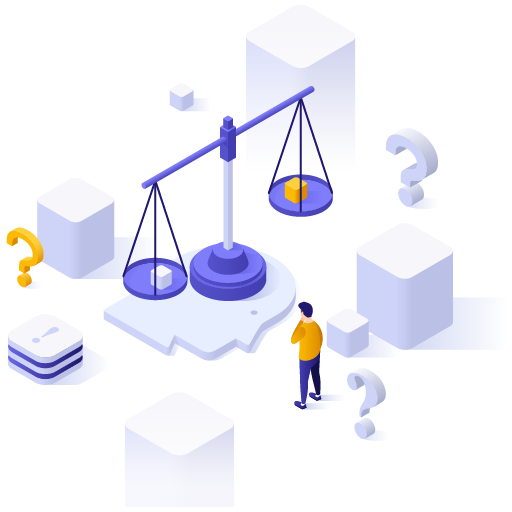During the 2021 Gulf Coast Symposium on HR Issues that was held in Houston, TX, Soarington’s Founder, Trevor Spunt, co-delivered a presentation with Alvin Proctor, VP, HR, Kaneka Americas Holding entitled: A Case Study in Culture Transformation: Insights and Successes.
They discussed the ways in which Soarington helped Kaneka’s leadership gain a deeper understanding of their existing culture, identify and align on the cultural changes necessary for success, and prioritize the actions required to transform their culture.











